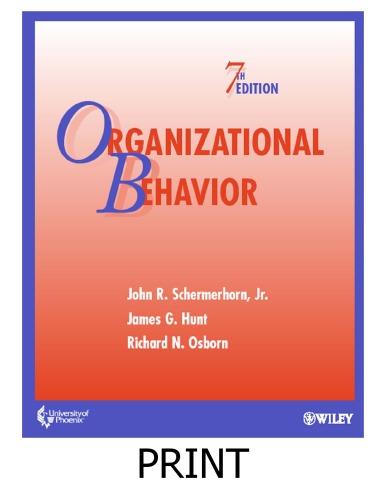With brand names like Tylenol, Band-Aid brands, Neutrogena skin products, and Reach toothbrushes, Johnson and Johnson (J&J)
Question:
With brand names like Tylenol, Band-Aid brands, Neutrogena skin products, and Reach toothbrushes, Johnson and Johnson (J&J) represents the world’s largest and most comprehensive manufacturer of healthcare products serving the consumer, pharmaceutical, diagnostics, and professional markets. Representative of its conglomerate business model, 15 company group chairpersons, along with their own management boards, oversee over 180 operating companies worldwide. How does such a large company infuse its decision-making process with the energy of a small start-up company?
J&J was incorporated in 1887 through the combined effort of brothers Robert, James, and Edward Johnson. The brothers pioneered the surgical dressings industry based on work by Sir Joseph Lister, a noted English surgeon who identified airborne germs as a source of infection in the operating room. J&J developed a soft, absorbent cotton and gauze antiseptic dressing that could be mass produced and shipped in quantity to hospitals and every rural physician and druggist in the country. J&J has had an international focus to its business since its foray into Canada in 1919. It launched a conscious product diversification program in the 1920s with the introduction of its Band-Aid brands and Johnson’s baby cream. General Johnson, as the son of one of the original brothers was known, also created the famous J&J Credo around this time. The credo emphasizes the importance of ethical behavior and putting customers first and stockholders last. However, General Johnson was practical enough to infer that such an approach would benefit the owners of the firm in the long run. J&J is perhaps best known for its advancement of crisis management regarding the cyanide contamination of its flagship Tylenol painkiller. In September 1982, seven Chicago-area individuals died after taking cyanide-laced Extra Strength Tylenol capsules. Representing 7 percent of all of J&J sales and 17 percent of its profits, Tylenol represented a brand that the corporation could not afford to lose. J&J chose to take a very proactive approach to the crisis. It eventually recalled 31 million bottles worth over $100 million from retail stores, in addition to offering to exchange tablets for capsules for all customers at no charge. It pioneered the tamperproof, triple-sealed packaging that is the industry standard today. Immediately after the crisis, Tylenol’s market share dropped from 35.3 percent of the pain reliever market to 7 percent; however, by May of 1983, its market share returned to 35 percent. The situation was repeated in 1986 when a Westchester, New York woman died of cyanide-laced Extra-Strength Tylenol capsules. Once again, the company recalled all capsules, vowing never again to offer any Tylenol except in the form of tablets or caplets. J&J does not view itself as just a pharmaceutical firm; it prefers to think of itself as a health-care organization. It represents an autonomous collection of independent entities whose decentralized structure fosters an entrepreneurial culture, insists CEO Ralph Larsen. 6 Not everyone agrees with J&J’s conglomerate structure; Paine Webber analyst David Lothson, for example, complains that J&J should be three companies. Of particular concern is the ever-declining roles in sales and profits of the consumer-products line—falling from 44 percent in 1978 to only 28 percent of revenue in 1998. The stock, rather than trading at the attractive high multiples of similar pharmaceutical firms, reflects a conservative valuation that is more similar to consumer-good behemoth Procter and Gamble. Decision making requires the application of information, and perhaps more importantly, knowledge. “Data, information and knowledge are points along a continuum of increasing value and human contribution. Data—the signals about human events and activities that we are exposed to each day—has little value in itself, although to its credit it is easy to store and manipulate on computers. “Information is what data becomes when we as humans interpret and contextualise it. It is also the vehicle we use to express and communicate knowledge in business and in our lives. Information has more value than data and, at the same time, greater ambiguity—as any manager will attest who has ever argued over how many interpretations the terms ‘customer,’ ‘order’ and ‘shipment’ can have inside the same company.
Review Questions
1. How is J&J able to incorporate its organizational diversity into its decision-making process?
2. How does the management of J&J hope that FrameworkS will help with creativity within the organization?
3. How does J&J attempt to infuse ethics into its decision making?
Step by Step Answer:

Organizational Behavior
ISBN: 9780470076255
7th Edition
Authors: John Schermerhorn, James G. Hunt, Richard N. Osborn





